How does a blower sprayer (fogger) increases lethality?
The aim of the spray is to cover all parts of the plants from head to toe.

This is done by misting, and not by showering, the plants.


It is best done by creating a mist while using small nozzles that create tiny droplets.

Spraying can be done with a 1 to 5-liter bottle sprayer, if you have a few plants on your balcony,
or with a manual, or electric 15 to 20-liter
backpack sprayer, For bigger areas.






In bigger areas, spray guns or spray booms, are usually used, but their disadvantage is that the mist they make (similar to using the bottle sprayer and the back pack sprayers), does not reach the lower side of the leaves.


Most of the mist sets down only on the leaf’s upper side, especially in big leaves’ plants, such as cucumber, squash and eggplant.


Many of the Insects and fungus, are inhabiting the lower side of the leaves, which is not reachable by the pesticides, applied in this way.






So, these numerous pests survive the spraying and continue to reproduce,
causing the spraying to be less efficient, what leads to, one more spray, and another one, And so on.
The best way is to use a blower sprayer, which blows high air pressure,
shaking the plants and turning the leaves upside down, covering them with mist.





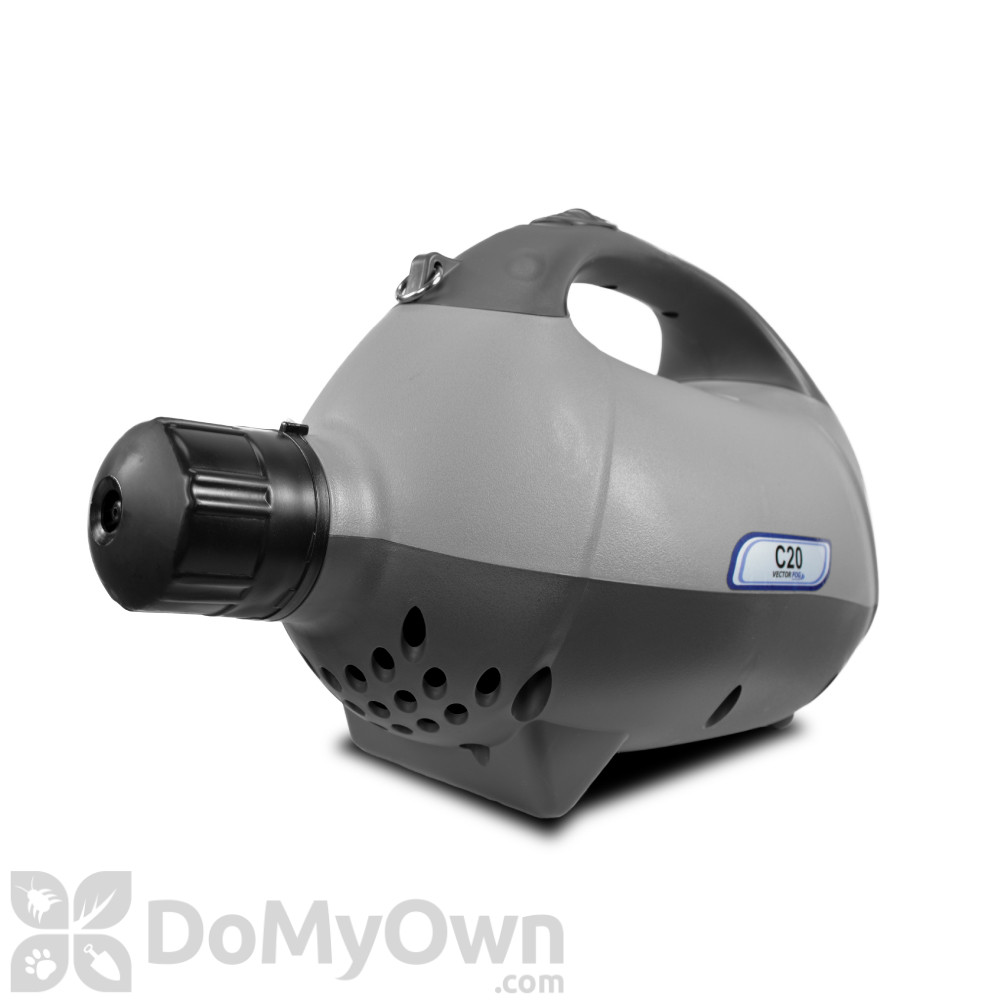
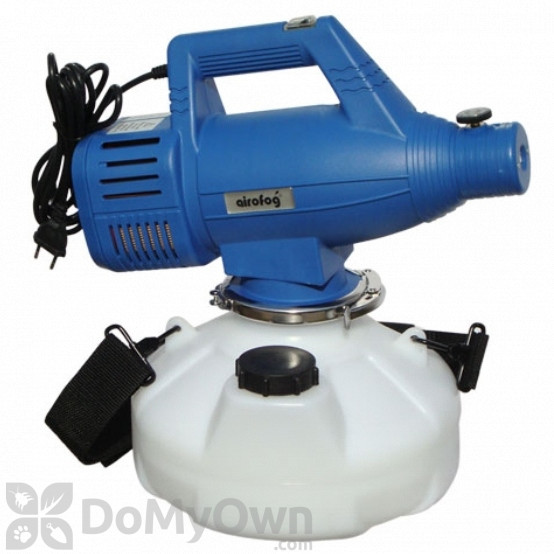
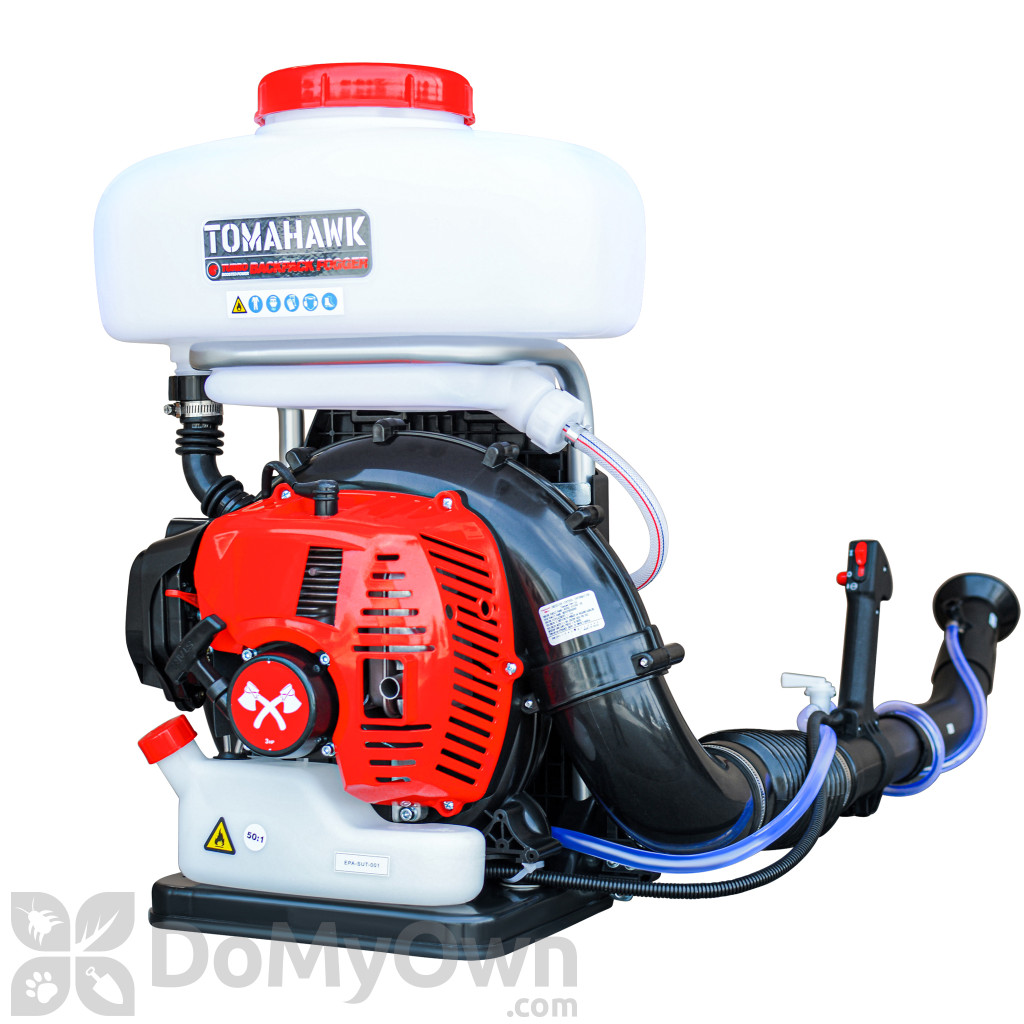
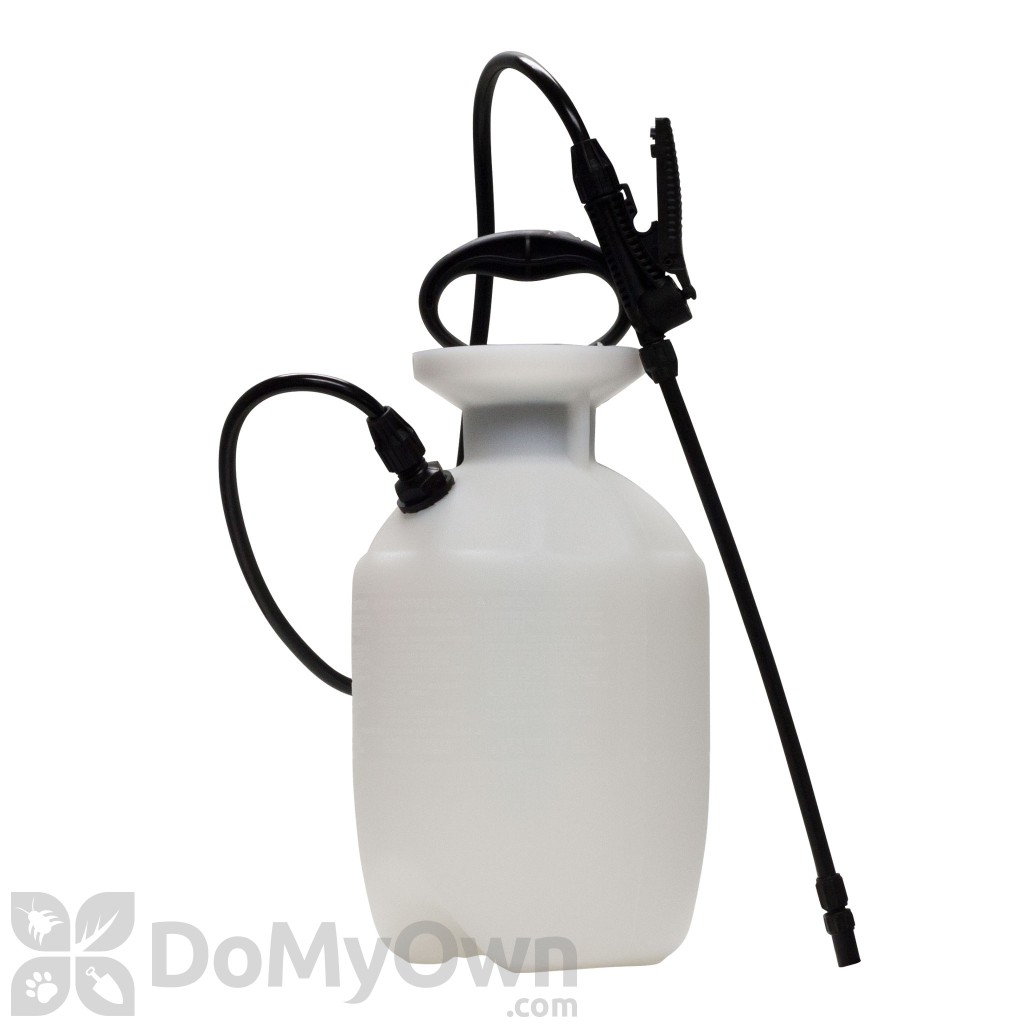
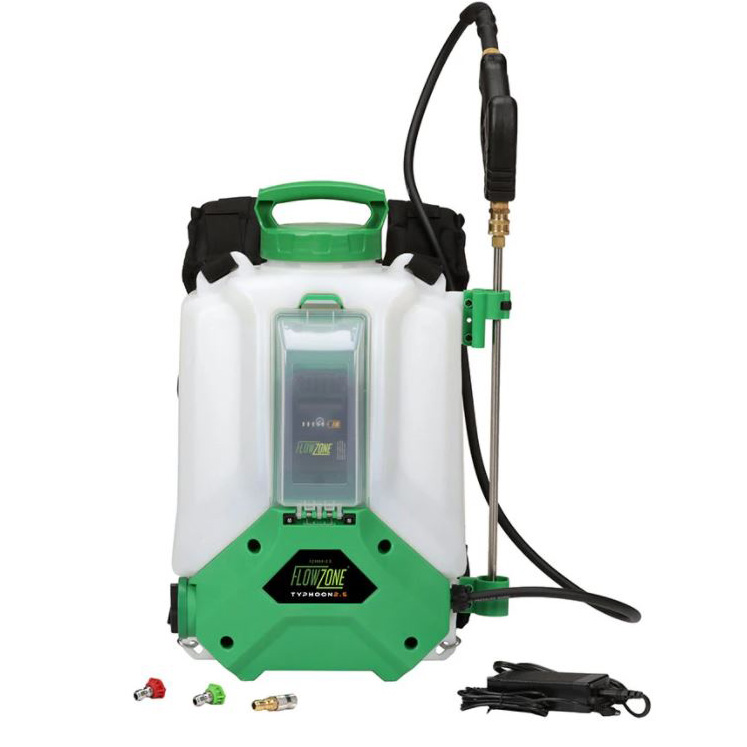
You might also like these articles:
- Vegetables’ physiological problems
- Vegetable garden sprayer
- Tuta absoluta Moth: Prevention and Control Methods for Tomato and Eggplant Farmers
- Tomato plant diseases pictures
- Tomato pith necrosis
- Tomato leaf mold
- The Ultimate Guide to Eradicating Spider Mites
- Systemic Pesticides
- Sweet Success: A Guide to Growing Juicy Strawberries in Your Garden
- Safety in spraying
- Protect Your Plants from Whitefly Infestation and Virus with These Tips!
- Protect Your Crops from Severe Downy Mildew Infestation with These Effective Pesticides: Organic and Chemical Options













